Great India Drive 2021: Sustainable tourism in Jim Corbett with the Hyundai Alcazar
Usually, on the Hyundai Great India Drive, we bring you to a stunning corner of our country as you see in these pictures. But this time, we decided to do things a bit differently. Why not focus on the stories of people who have made a positive change to the delicate environment we spend time in when we travel to these scenic parts of our country. Stories that Hyundai's SUVs like the Alcazar make easier for us to discover.
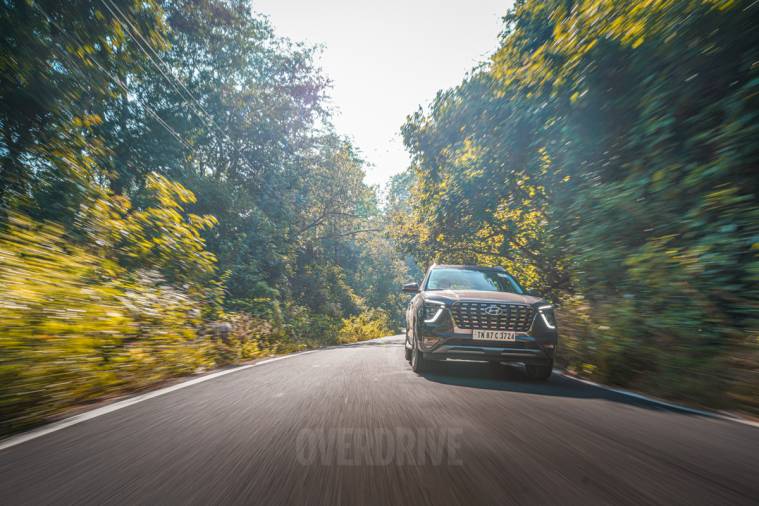
For this, we are headed to the breathtaking Kumaon region in the foothills of the Himalayas. More specifically to the Jim Corbett National Park. We started from Hyundai's spanking new headquarters in Gurugram, a 28,000 sq.m. 10-story complex designed to be cutting-edge while being ecologically conscious. A perfect place to start our journey given our aim is to find individuals who have made a difference in this stunningly beautiful but ecologically sensitive part of India.
The Jim Corbett Nature Reserve is the oldest in the country. Its verdant forests make for impressive visuals but this region is best known for its tigers and wildlife. The Project Tiger conservation initiative started here in 1973 and has since gone on to become the most successful such project in the world, boosting the tiger population in India to almost 3,000. We decided to meet up with Sumantha Ghosh, a well-known local naturalist and conservationist, to understand a bit more about this delicate part of the country.

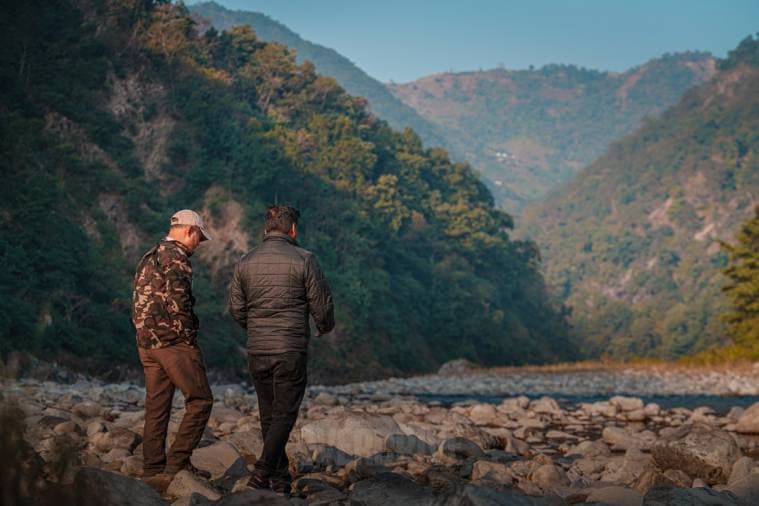
The forests here are brimming with wildlife, with examples of how closely intertwined the rich animal life in a place is to the forest being pointed to us by these experts every few steps on a short trail we accompanied them on. The time spent with Sumantha in the forest was an eye-opener for city dwellers such as us. Having spent decades in this region, and having conducted tiger and elephant censuses as well as conservation projects for the Ramganga river and the local mahseer fish and vulture population, Sumantha was able to help us understand the close connection that forests such as this have to us. Even if we may not be able to explicitly understand this, these forests are a catchment area for rivers like the Ganges, on which millions of lives depend downstream. The attitude among the locals here, right at the edge of the core of the national park, is one of cohesion rather than intrusion with the natural life. A belief that should ideally be the way to go for all of us if we want a sustainable future.

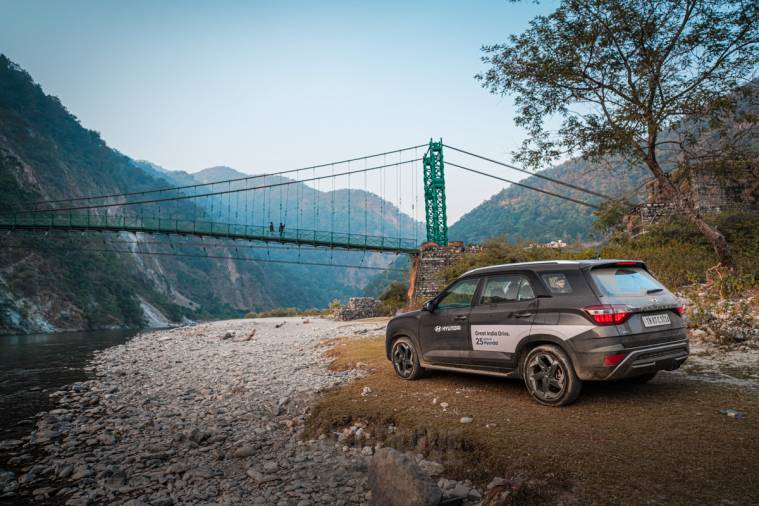
But as with most such destinations, tourism is a double-edged sword. It is a significant source of livelihood for locals while at the same time the fragile ecosystem is being tarnished by human activity. Ghosh has some insights on how to find a good balance in this regard, "Tourism should patronize conservation. All of these activities should be conducted from an eco-tourism perspective so that future generations can see their ecological heritage. Also, encroachments in the catchment areas of rivers like the Ramganga, the biggest and most diverse tributary of the Ganga, can affect lakhs of people downstream."
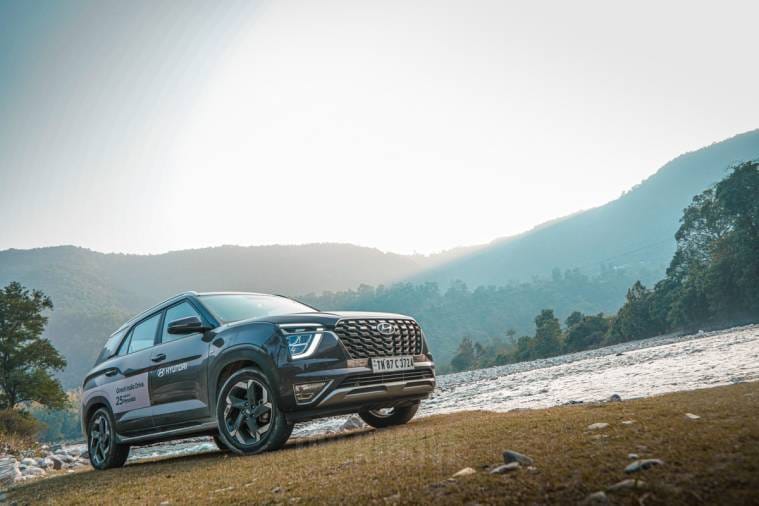
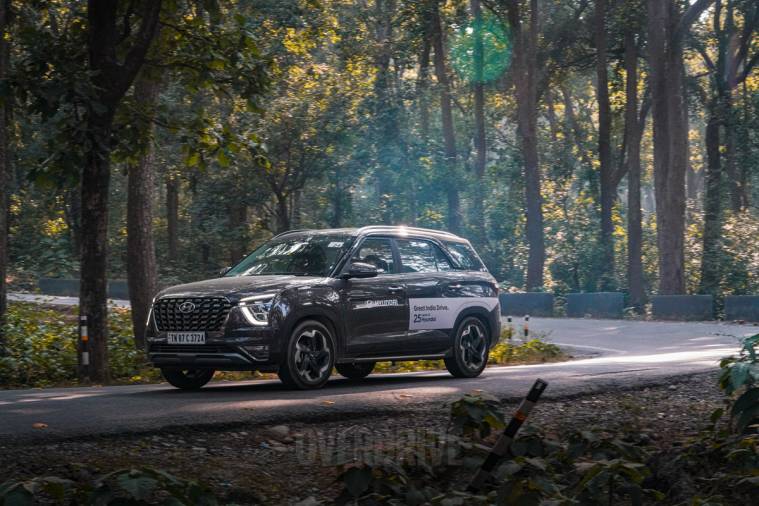
The Hyundai Alcazar has been an able companion on this journey. After having met Ghosh we decided to use the Alcazar to its fullest, taking in the picturesque views that greet the winding, smooth mountain roads around these parts. The powerful 2.0-litre petrol paired with the quick six-speed automatic made short work of the narrow but well-cambered roads cutting through the forests. While the large cabin with captain seats made long stints behind the wheel comfortable.
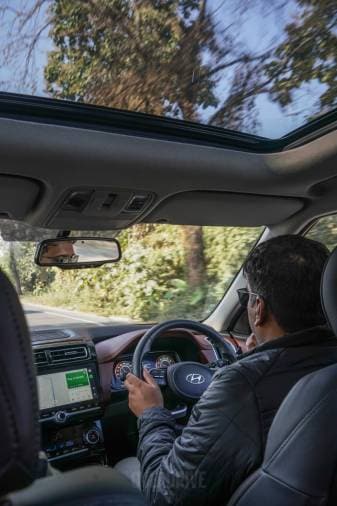
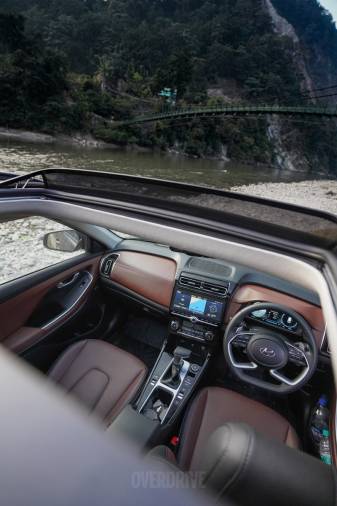
The long list of features the Hyundai Alcazar comes with was especially handy on this trip. The 360-degree camera made tackling dirt roads and heavy traffic a breeze while the panoramic sunroof gave us an open-air view of the scenery. The thoughtfully laid out cabin with the large screens also meant that shuffling between controls on the hilly roads was a straightforward task. too.
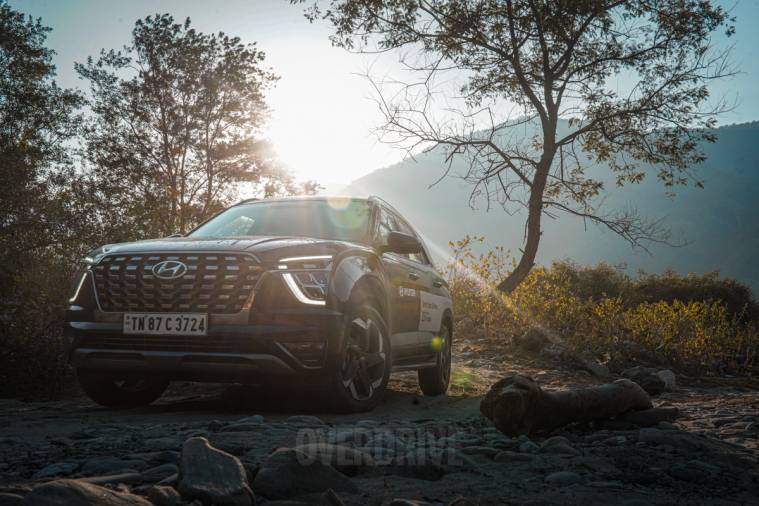
Having spent a weekend exploring the people and places of the Himalayan foothills, the close connections between man and nature seen here sheds more light on why eco-friendliness needs to be at the core of all of mankind's advancements. The Hyundai Alcazar has been a perfect companion to demonstrate this. It merges cutting-edge technology with Hyundai's strong focus on sustainability and innovation.
Images by Sumit Gaikwad
Watch the Great India Drive 2021 video below,
Also read,
Top-spec Hyundai Alcazar now available as 7-seater, priced from Rs 19.70 lakh













